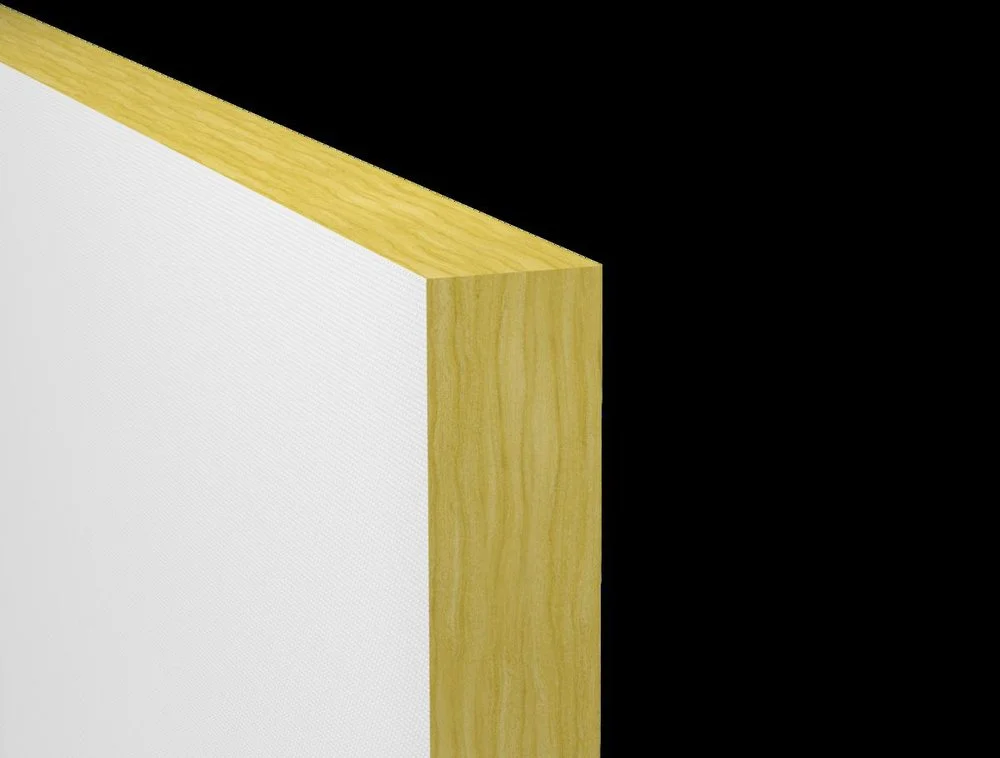We feel good in nature. But even more than this, our physical and mental well-being depends on continued interaction with our natural environment. It affects our personal well-being, productivity and creativity. In the last few decades studies into Biophilic Design have been conducted by the scientific and design communities. These have reported convincing evidence of the positive benefits of interaction with nature.
Plants and greenery have been proved to be a great way to introduce a biophilic element which can have a very positive contribution to wellness in the workplace. They are minimal in cost compared to a refurbishment, make a huge visual impact and can be installed extremely quickly.
Interface conducted a global study of 7,600 employees across 16 countries into the impact of biophilic design on office workers and has revealed that those who worked in spaces with natural elements such as greenery and daylight reported:
· 15% higher level of wellbeing
· 6% more productive
· 15% more creative
Interestingly, 33% of respondents said office design would affect their decision whether or not to accept a job offer



















